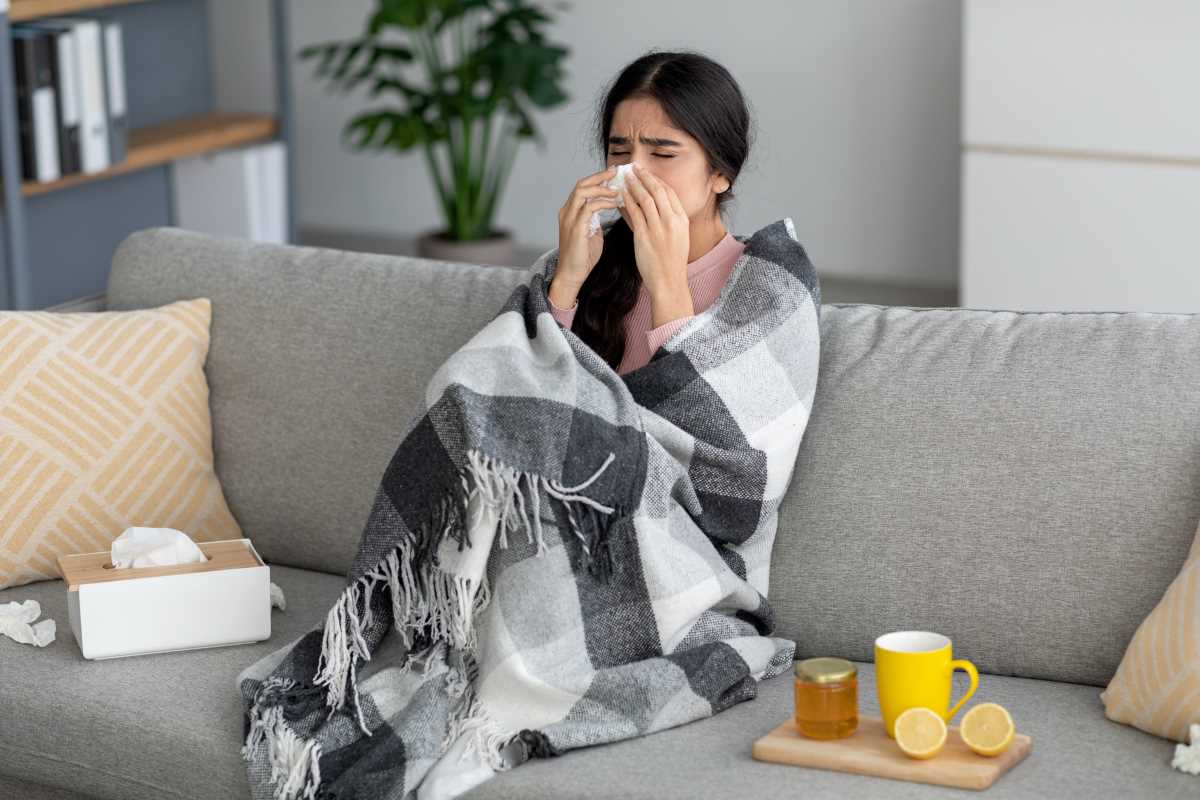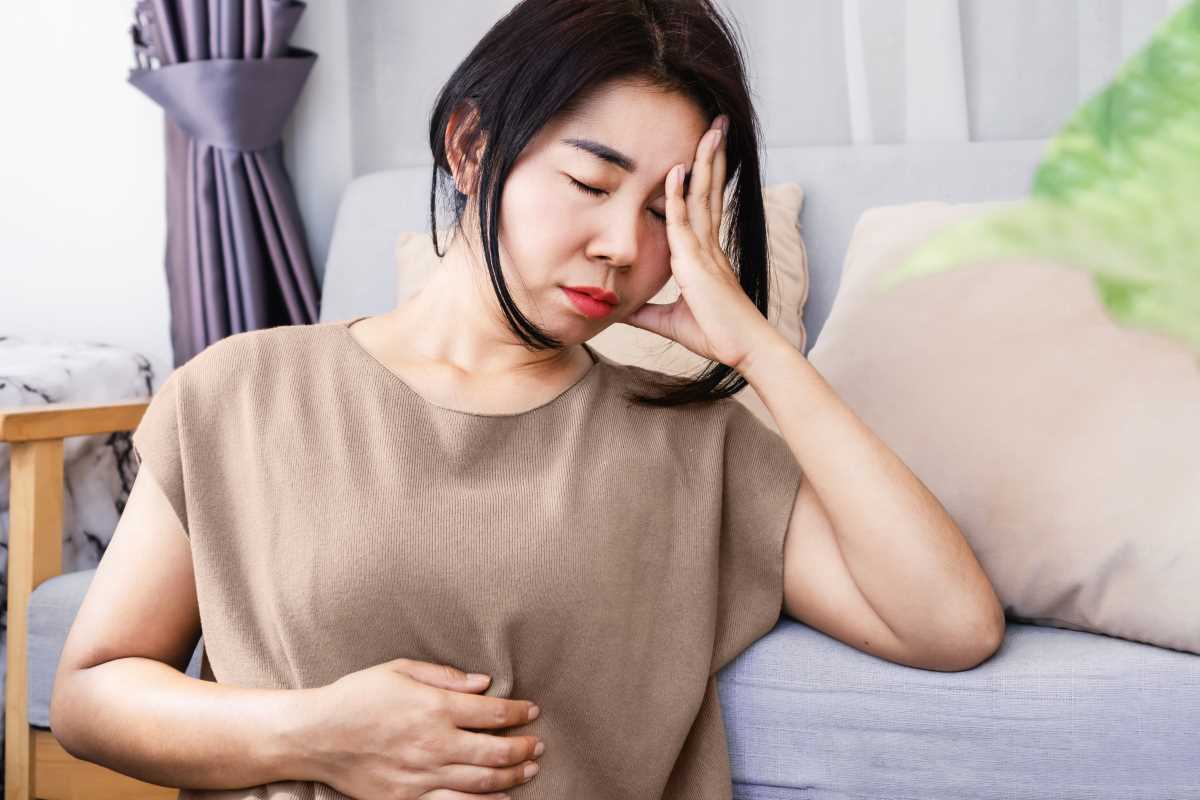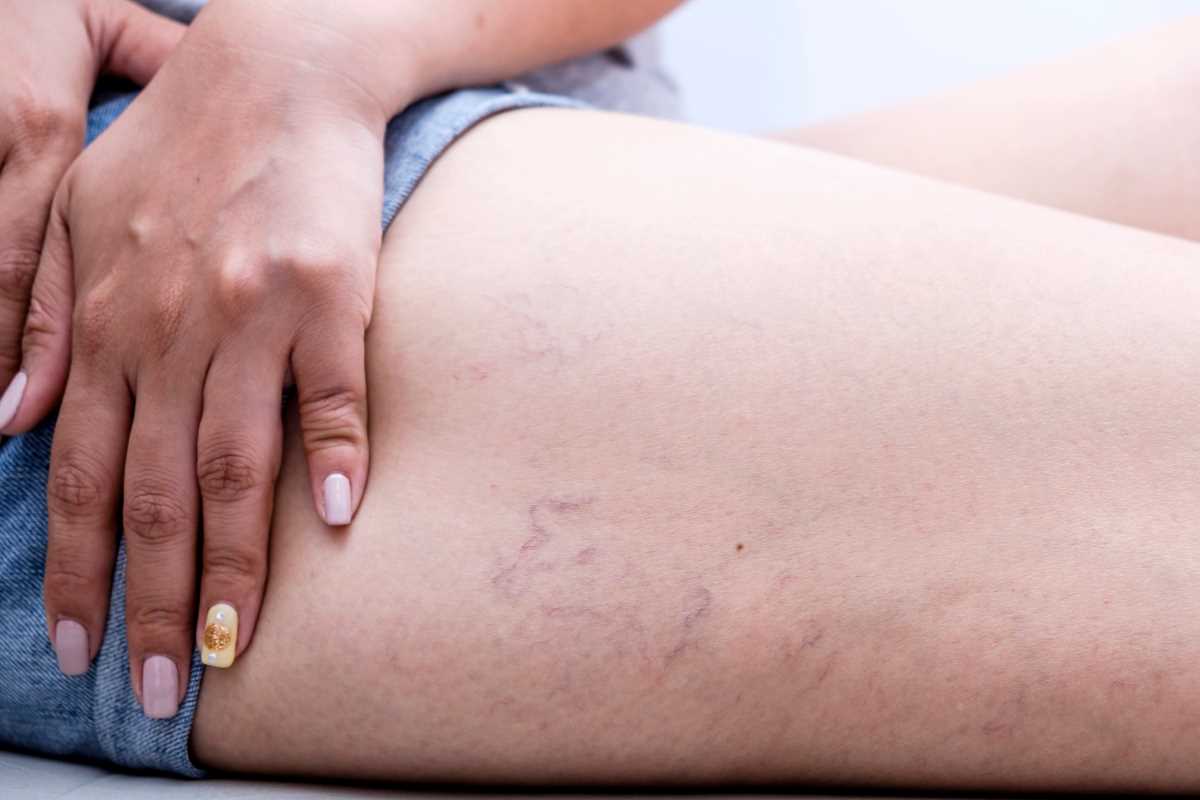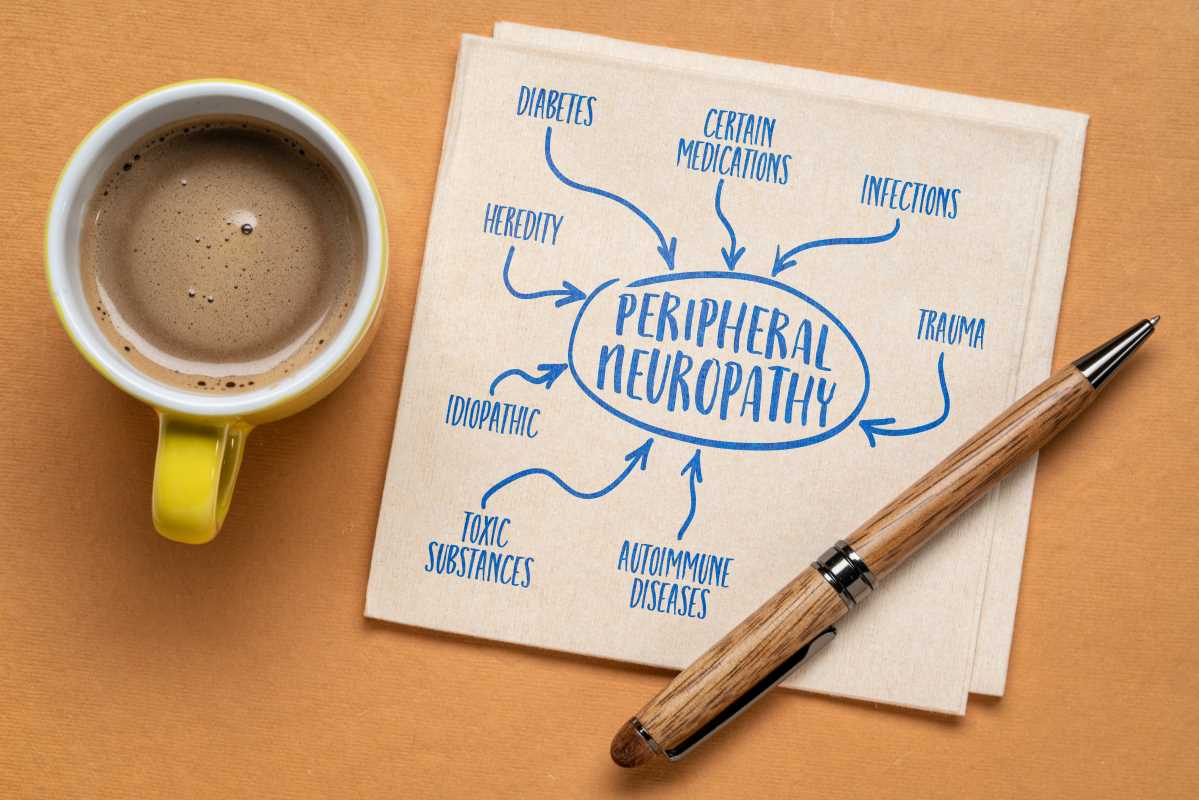Have you heard about shingles but aren’t totally sure what it is? Maybe you’ve come across some conflicting information, like whether it’s contagious or only affects older people. Shingles can be confusing, especially with all the myths floating around. But understanding this condition is key to protecting your health and knowing what to do if it happens to you or someone you care about.
Shingles is a condition caused by the same virus responsible for chickenpox, and while it’s fairly common, many misconceptions exist. This article will walk you through the truths and myths about shingles, explain what it is, and provide practical advice on prevention and treatment.
What Is Shingles?
Shingles, also known as herpes zoster, is a painful rash that develops when the varicella-zoster virus (the same virus that causes chickenpox) reactivates in your body. If you’ve had chickenpox before, the virus doesn’t actually leave your body. Instead, it lies dormant in your nerve tissues for years and can reactivate later in life, causing shingles.
Shingles typically presents as a band or strip of red, painful blisters on one side of the body, often around the torso, but it can appear anywhere—including the face or arms. The symptoms can include:
- Burning or Tingling Pain: Many people feel pain or itching before the rash even appears.
- Blistering Rash: The characteristic rash usually forms in a cluster and becomes filled with fluid.
- Fatigue, Fever, or Headache: Shingles can come with flu-like symptoms that make you feel run down.
While the rash often heals within 2 to 4 weeks, complications can occur. Postherpetic neuralgia (PHN) is a common one, marked by long-lasting pain even after the rash is gone.
Shingles Myths and Misconceptions
Despite how common shingles is, there’s a lot of misinformation surrounding it. Let’s bust some of the most common myths.
Myth 1: Shingles Only Affects Older People
Fact: While shingles is more common in adults over 50 because aging weakens the immune system, it can affect people of any age—including children. Stress, illness, or anything else that suppresses your immune system can trigger shingles.
Myth 2: You Can’t Get Shingles If You’ve Already Had Chickenpox
Fact: You can only get shingles if you’ve had chickenpox. The virus stays in your body long after chickenpox has gone away. Any reactivation of the virus leads to shingles, not a second case of chickenpox.
Myth 3: Shingles Is Highly Contagious
Fact: Shingles itself isn’t contagious. However, the fluid from shingles blisters can spread the varicella-zoster virus to someone who hasn’t had chickenpox or the vaccine. That person won’t get shingles but may develop chickenpox if exposed.
You’re only contagious until the blisters scab over, and simple precautions like covering the rash and washing your hands can reduce the risk of spreading the virus.
Myth 4: You Can Only Get Shingles Once
Fact: Unfortunately, shingles can strike more than once. While it’s not common, a second or even third outbreak is possible, especially if your immune system is weakened.
Myth 5: If You Don’t See a Rash, It’s Not Shingles
Fact: While a rash is a common symptom, shingles doesn’t always cause visible blisters. Some individuals experience pain, burning, or tingling without developing a rash, a condition known as “zoster sine herpete.”
Myth 6: The Shingles Vaccine Isn’t Necessary If You’re Healthy
Fact: Even if you’re in good health, getting vaccinated can significantly reduce your risk of shingles and its complications. The vaccine is especially important for adults over 50.
The Facts About Shingles
Now that we’ve cleared up some myths, here are some key facts you should know about shingles.
1. It Can Affect Nerves All Over the Body
Shingles usually appears on the torso or face, but it can affect nerves anywhere in your body. For instance, if it impacts the nerves near your eye (ophthalmic shingles), it can lead to serious eye complications and even vision loss.
2. The Pain Can Be Severe
Shingles pain isn’t just physical; it affects your nerves. The pain can be intense, sharp, or burning and might last for months after the rash has healed.
3. Stress Can Trigger Shingles
Since stress weakens the immune system, it can contribute to the virus reactivating. Managing stress through healthy habits like exercise, relaxation techniques, or hobbies can help reduce your risk.
4. Vaccination Is the Best Prevention
The shingles vaccine is a highly effective way to lower your chances of getting shingles. It’s recommended for adults aged 50 and older and is available as a two-dose series called Shingrix. Studies show the vaccine reduces your risk by more than 90%.
Tips for Prevention
You can’t completely eliminate the risk of developing shingles, but there are steps you can take to protect yourself and reduce the likelihood of complications.
- Get Vaccinated: If you’re eligible, the shingles vaccine is your best defense.
- Stay Healthy: A strong immune system helps keep the virus dormant. Eat a balanced diet, exercise regularly, stay hydrated, and get enough sleep.
- Manage Stress: Chronic stress can weaken your immune system, so prioritize relaxation techniques and self-care.
- Keep Your Distance: If you have shingles, avoid physical contact with pregnant women, newborns, or anyone who hasn’t had chickenpox or the chickenpox vaccine to prevent spreading the virus.
How Is Shingles Treated?
While there’s no cure for shingles, treatment focuses on reducing symptoms and speeding up recovery. If you suspect you have shingles, see a doctor right away; early treatment is key.
Common treatments include:
- Antiviral Medications: Drugs like acyclovir or valacyclovir can shorten the duration of shingles if started early (within 72 hours of the rash appearing).
- Pain Relief: Over-the-counter pain relievers like acetaminophen or ibuprofen can help reduce discomfort. Severe pain may require prescription medications or numbing creams.
- Cool Compresses: Applying a cool, damp cloth to the rash can provide temporary relief from itching and pain.
- Calamine Lotion or Oatmeal Baths: These can soothe itching while the rash heals.
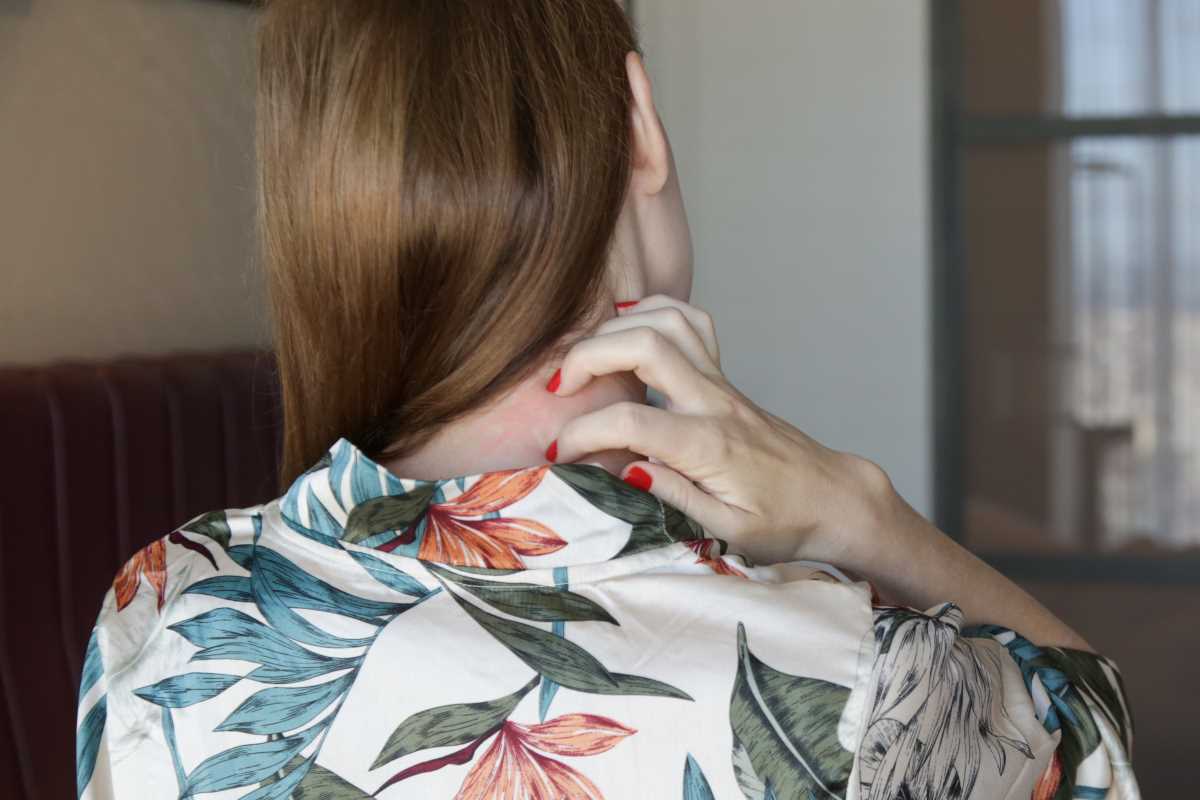 (Image via
(Image via
